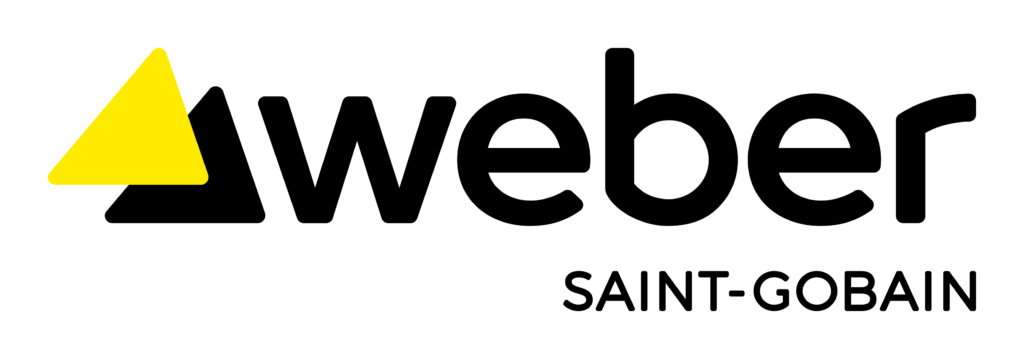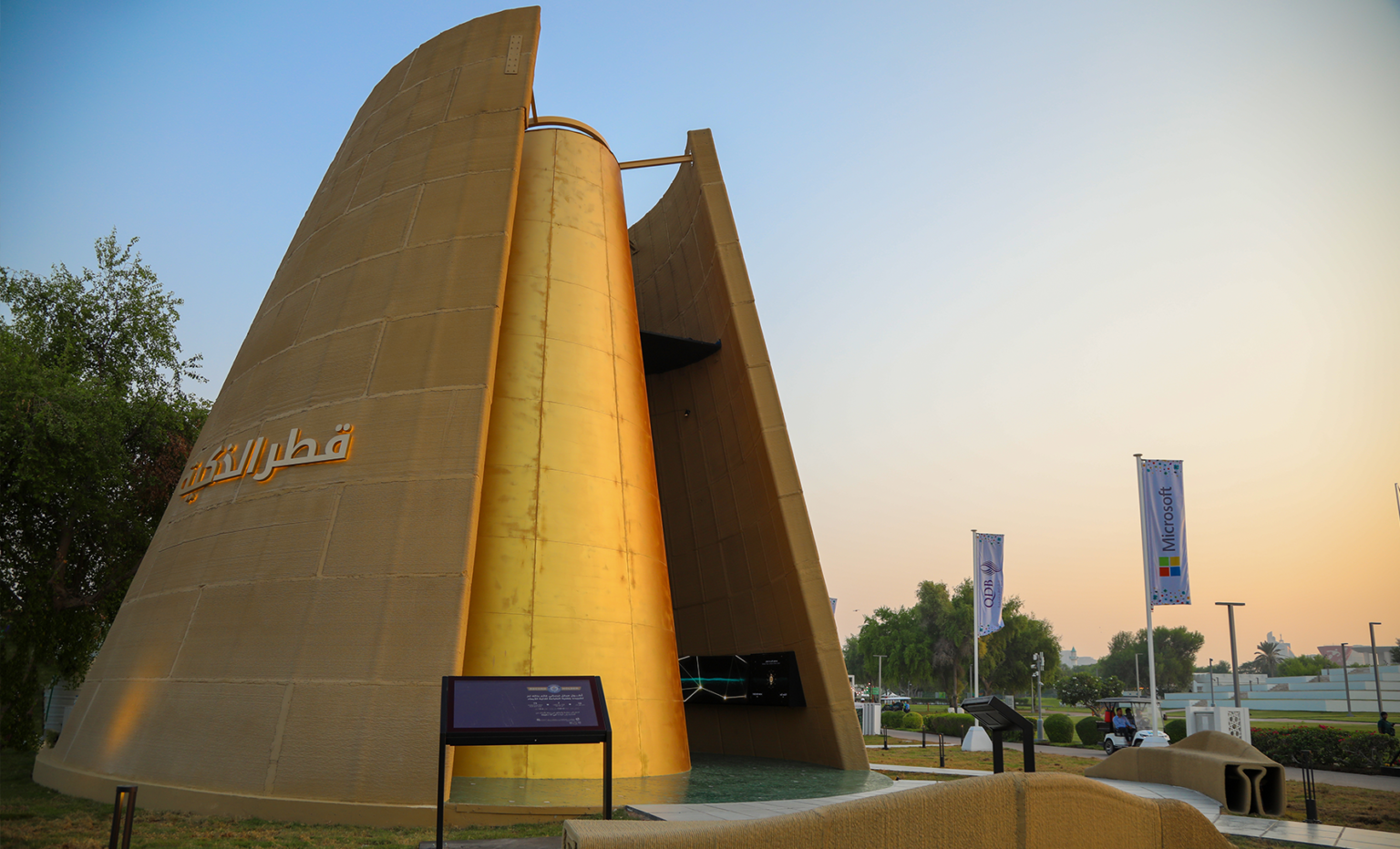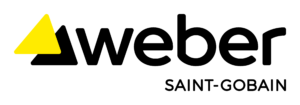Challenging schedule
The project was complex for several reasons, including the challenging schedule leading up to the expo opening, and because Witteveen+Bos as designer and constructor, and Saint-Gobain Weber Benelux as 3D printing expert and producer, took this record attempt as an opportunity to further innovate the 3D concrete printing technology.
The schedule was driven by the expo opening and the logistical challenge of transporting all elements by boat from the Netherlands to Qatar. Through intensive and clever collaboration, they managed to achieve a very short lead time: from the initial design idea to realization and shipping within two months.
Futuristic design
The design pushes the boundaries of 3D printing technology. The interrupted circular structure and the characteristic 30-degree inclination are eye-catching. To achieve this futuristic design, optimal use was made of the advantages of 3D printing technology. A total of 85 unique building blocks were designed. Each concrete element was individually printed, and material was only printed where necessary for strength. Furthermore, the blocks have a hollow structure.
The result is a 3D-printed tower, consisting of ten layers with eight or nine blocks each, creating a structure measuring 13 by 13 meters with a height of 12.4 meters. After assessment, the Qatari tower has been recognized as the Guinness World Record for the ‘tallest freestanding 3D-printed concrete structure.’
Marijn Bruurs, 3D concrete print expert at Witteveen+Bos: ‘This record that we achieved together with Qatar is very valuable. Especially because we have been able to apply techniques in practice that can also be used on a broader scale, for example in housing construction. With the 30-degree inclination and interrupted circle in the design also expand the structural and architectural possibilities of 3D concrete printing.’
Peter Paul Cornelissen, Business Unit Manager 3D Printing, Weber Benelux: ‘A project like this is ideally suited to be 3D printed with concrete. This has everything to do with the extremely short lead time, the number of unique shapes, and the structural properties of the material used. To guarantee the structural properties of the individual elements, Weber has developed a unique Quality Framework. This allows the agreed quality to be delivered with short lead times and large volumes, which is essential for any structural construction.’
Do you want to know more about the possibilities of 3D concrete printing? Contact us then.
Curious about all the benefits?
Download our reference brochure
Do you want to visit one
of our 3D printing projects?


